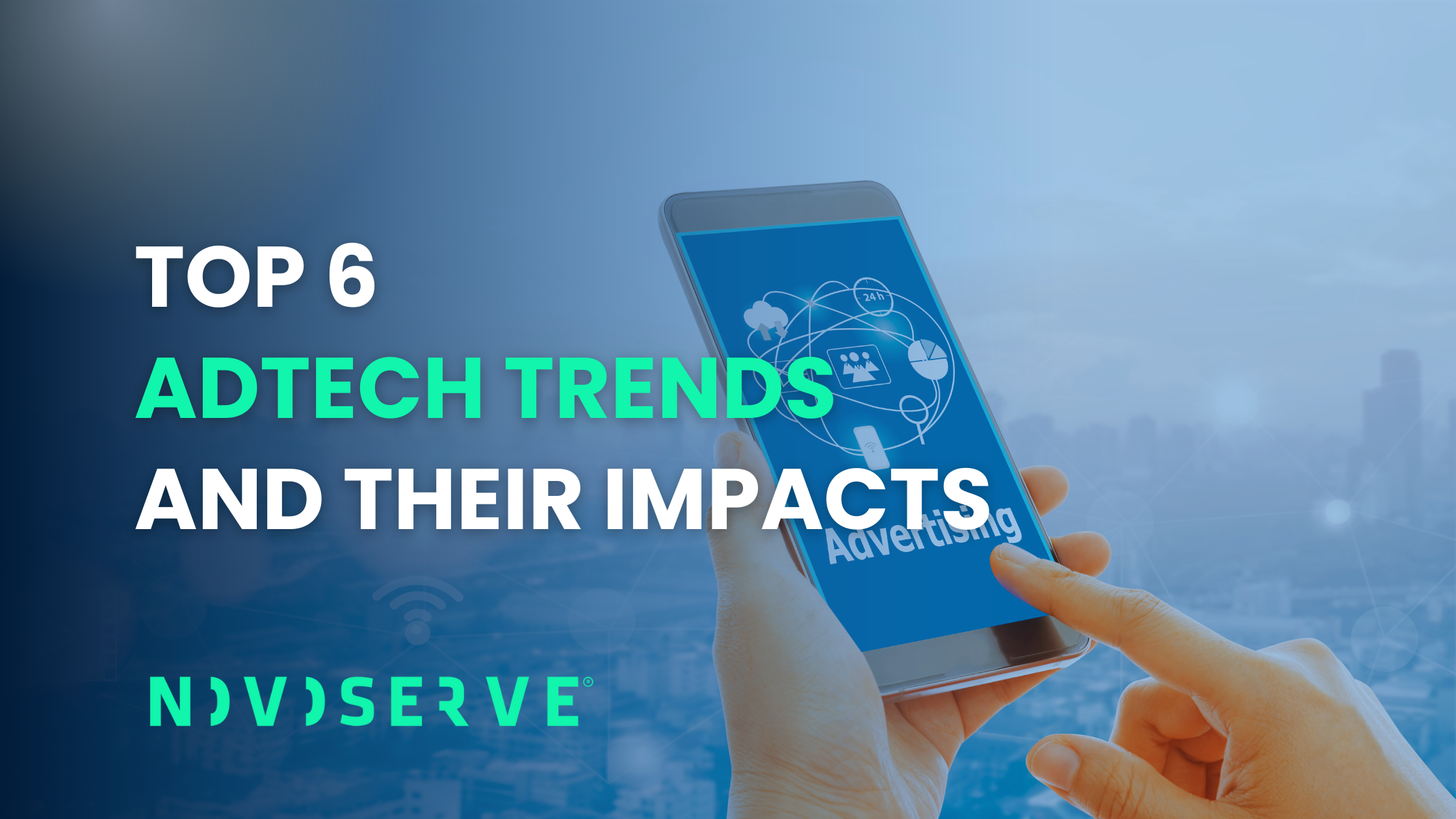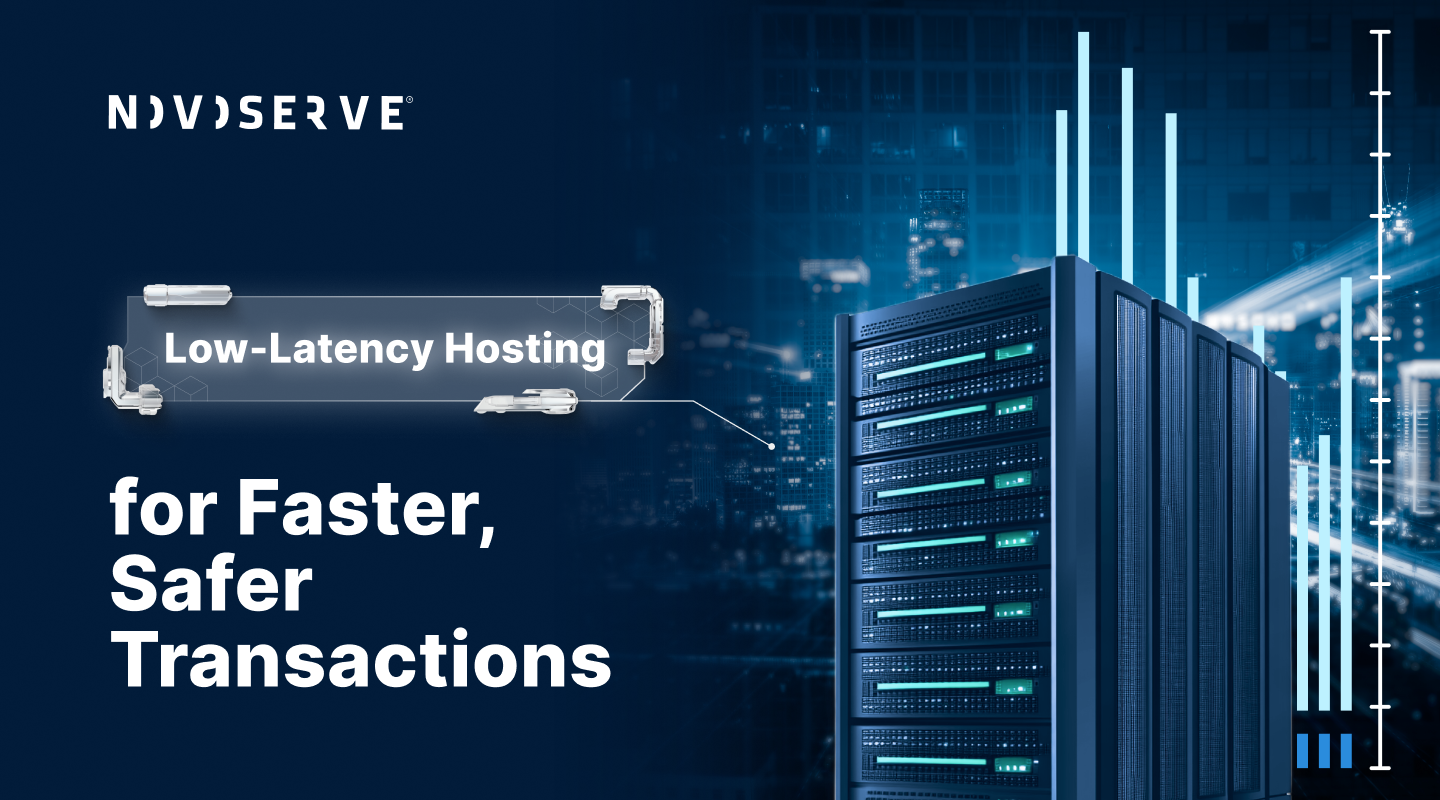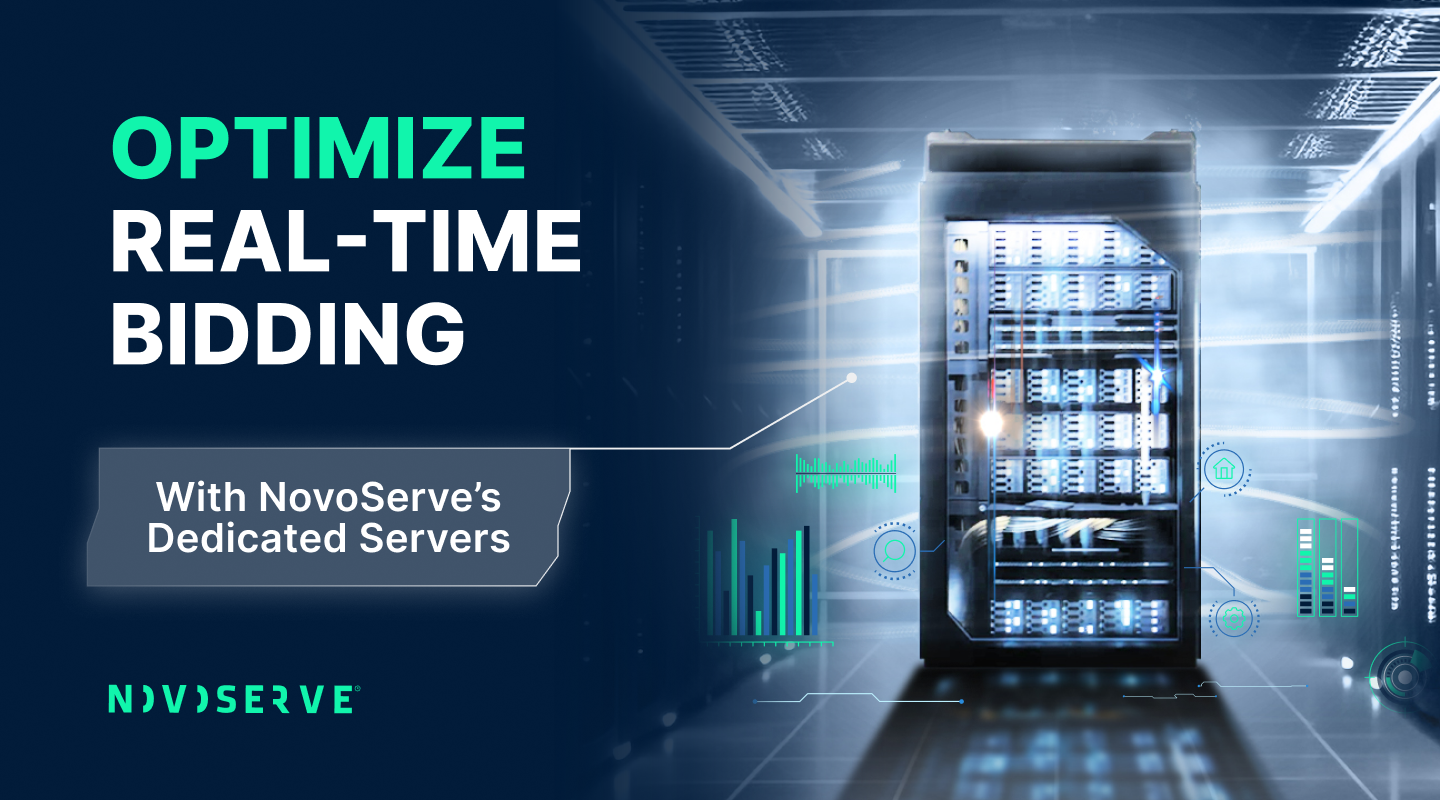The modern digital advertising happens faster than the blink of an eye. Behind every banner, video, or native ad you see online is a complex, high-speed bidding process that takes place in the milliseconds before a web page loads. At the center of it all? The ad server.
But here’s the thing: not all ad servers are created equal — and more importantly, not all servers for ad serving are built to handle the scale and complexity of modern AdTech. If your business relies on real-time decisioning, programmatic buying, or serving millions of ads a day, the infrastructure you use is just as important as the software stack you deploy.
Let’s explore how ad servers work, why dedicated ad servers matter, and what kind of infrastructure powers today’s most demanding advertising platforms.
What Is an Ad Server?
An ad server is the engine that powers digital advertising. It decides which ad to show to a user, delivers that ad content, and tracks its performance — all in real time. Publishers use ad servers to monetize their inventory; advertisers use them to reach specific audiences and measure ROI.
There are different types of ad servers:
- First-party ad servers, used by publishers to control their ad inventory
- Third-party ad servers, used by advertisers or networks to serve ads across multiple sites
While the concept sounds simple, the reality is far from it. These systems handle enormous volumes of data, user signals, and split-second decisions — making performance and latency crucial.
The Rise of RTB Ad
The shift to Real-Time Bidding (RTB) transformed how ads are bought and sold. Instead of relying on pre-arranged deals or waterfall models, RTB allows advertisers to bid on individual impressions as users load a webpage or app. The whole process takes around 100 milliseconds.
In this environment, an RTB ad server has to:
- Receive and respond to thousands of bid requests per second
- Evaluate user data (location, device, behavior) instantly
- Communicate with DSPs, SSPs, and DMPs in real time
- Return the winning ad creative — all before the page finishes loading
If your infrastructure can’t keep up, you don’t just lose impressions. You lose revenue, competitiveness, and customer trust.
Why Dedicated Ad Servers Are Becoming the Standard
AdTech companies are increasingly turning to dedicated ad servers — not because it sounds impressive, but because they simply can’t afford the performance trade-offs that come with shared, virtualized environments.
Here’s why dedicated infrastructure is a smart choice for ad serving:
✅ Consistent Low Latency
In a world where 10ms can be the difference between winning and losing an auction, consistency matters. Dedicated servers eliminate the noisy-neighbor problem you often find in cloud environments, ensuring your response times stay predictably low.
✅ Custom Performance Tuning
Ad serving workloads vary. Some platforms are CPU-bound due to auction logic. Others are memory-intensive because of massive user segmentation. With bare metal, you can optimize everything from the operating system to network stack — no abstraction layers in the way.
✅ Compliance & Data Residency
Regulations like GDPR and CCPA require strict control over where and how user data is processed. When you own the server and know exactly where it’s located, compliance becomes much easier to manage.
✅ Security & Isolation
With growing concerns around ad fraud, privacy, and malware injection, a dedicated ad server provides a hardened, isolated environment — with full control over firewall policies, access protocols, and traffic monitoring.
What to Look for in a Server for Ad Serving
Whether you’re operating your own ad server, building a programmatic platform, or deploying a white-label DSP, the infrastructure matters. A strong server for ad serving should have:
- High clock-speed CPUs (e.g., AMD EPYC or Intel Xeon)
- Fast NVMe SSDs for ultra-low latency reads and writes
- At least 64GB RAM, scalable up to 512GB for in-memory processing
- 10G to 50G bandwidth for traffic-heavy workloads
- Global presence for low latency in key ad markets
These aren’t just specs. They’re the backbone of a fast, reliable AdTech platform.
While NovoServe doesn’t build ad software, we’re proud to provide the infrastructure that powers it. From bare metal servers to high-throughput networking, we serve AdTech companies that demand low latency, global reach, and infrastructure they can trust — whether they’re deploying RTB ad servers, custom ad delivery engines, or high-volume analytics pipelines.
Our clients choose NovoServe because we offer:
- Dedicated servers with up to 50Gbps unmetered bandwidth
- Data centers in the Netherlands, USA, and Denmark
- Direct peering with Tier 1 carriers for ultra-low latency
- Custom server configurations tuned for AdTech
If you're building something that needs to work in milliseconds, we can help ensure your infrastructure won’t be the bottleneck.
In the AdTech industry, behind every real-time decision and every high-value impression is a server — somewhere in the world — doing the heavy lifting.
Choosing a dedicated ad server isn’t just a matter of performance; it’s a strategic decision that affects your platform’s speed, reliability, security, and compliance. Whether you’re running a first-party ad stack, deploying RTB technology, or operating a custom ad server, having the right infrastructure partner can be a true competitive edge.
At NovoServe, we specialize in building that edge — one high-performance dedicatded ad server at a time.





